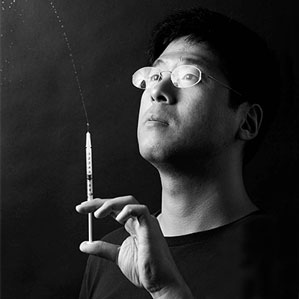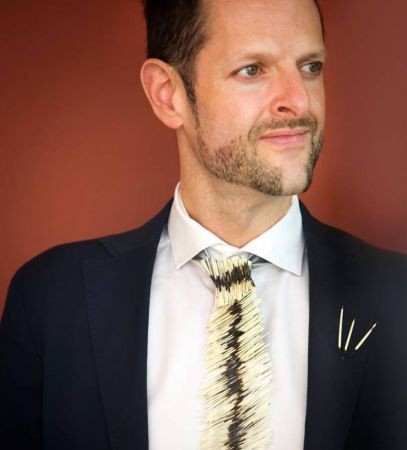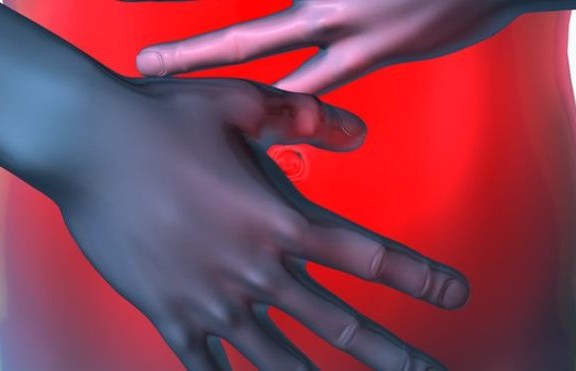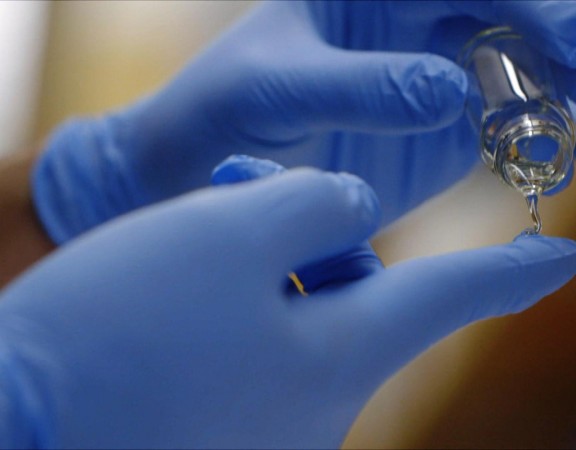MIT Tech Review – Tiny Glue Guns to Patch Surgical Holes

Bloomberg – The Glue That Could Literally Fix a Broken Heart
March 30, 2015
BBC – Gel ‘eases inflammatory bowel problems’
August 13, 2015MIT Tech Review – Tiny Glue Guns to Patch Surgical Holes
Source: MIT Technology Review
Tiny Glue Guns to Patch Surgical Holes
Glue made of nanoparticles, delivered by a needle, can be a better replacement for sutures and surgical staples.
You’re in the ER with appendicitis. Surgeons can remove your appendix through a few three-fourth-inch openings, but the bulky sutures and staples they use to close internal incisions are difficult and time-consuming to manipulate. One day it may be possible to patch you up faster and more easily using glue made of nanoparticles, which can be injected through a needle for use in minimally invasive surgeries and eye surgery.
“In our previous work we’ve been developing tissue-adhesive glues and patches,” says Jeff Karp of Harvard Medical School and Brigham and Women’s Hospital, who is the senior author on a paper describing the glue in Advanced Healthcare Materials. “The challenge moving forward is: how do you deliver these materials?”
In order to inject the glue through a whisker-thin needle without clogging it, the researchers developed a way to make it in the form of nanoparticles, which solidified and formed a seal when a second chemical was injected. The glue can be delivered more quickly and with a smaller instrument than those needed to place sutures or staples, and its elastic properties better match those of the tissue around it. “It’s similar to a rubber band that you can stretch over and over again, except this is fully degradable,” says Karp.
Karp says the nanoparticle delivery mechanism could be adapted to other glues that have been developed recently to use in surgeries, including a cardiac glue his lab developed earlier. Though promising, none of these other glues have yet solved the delivery problem for minimally invasive surgery.
So far, the researchers have tested the glue in a cow eye and a living mouse’s ear. They plan to continue testing in rabbits and rats, and if successful, they will move to clinical testing in humans. They are also interested in developing different triggers to make the glue cure—different chemicals, light, or heat—so that it can be deployed exactly when and where a surgeon wants.




